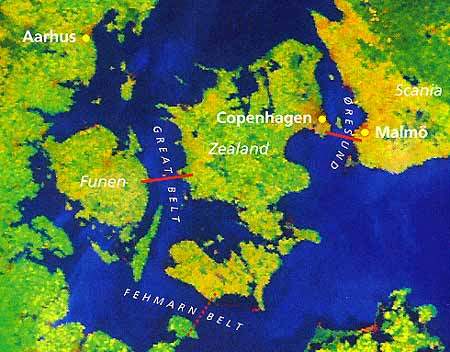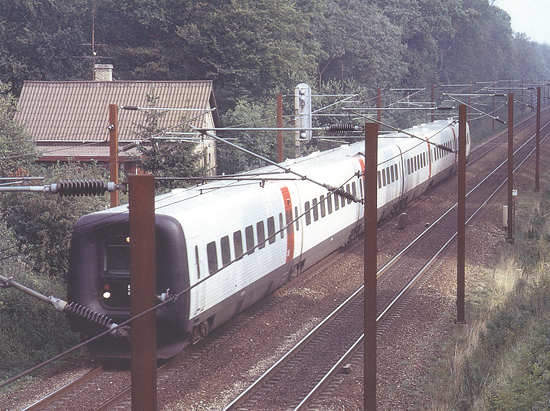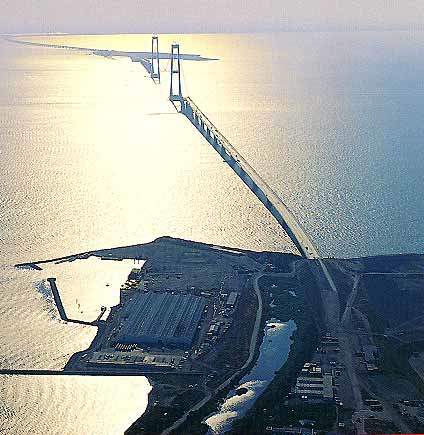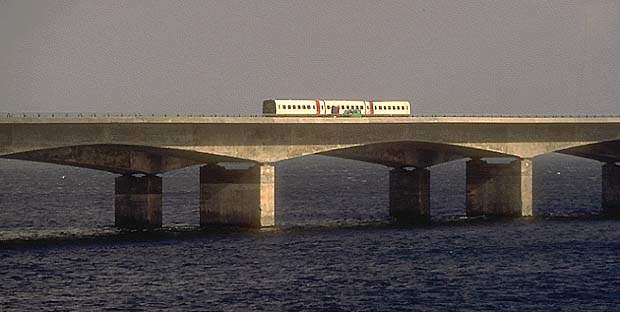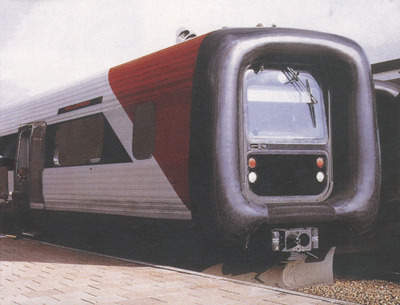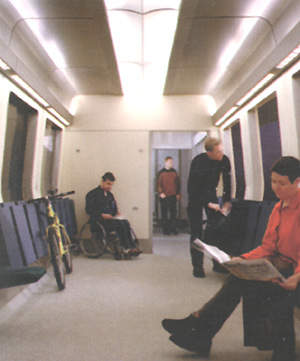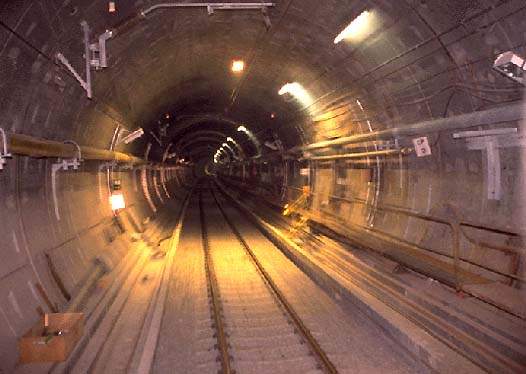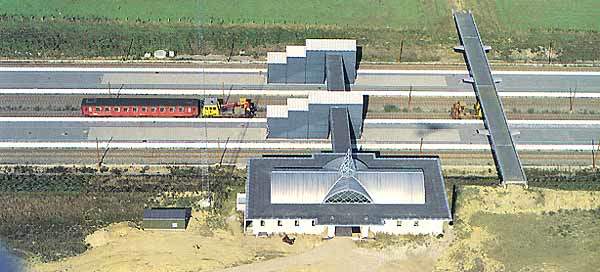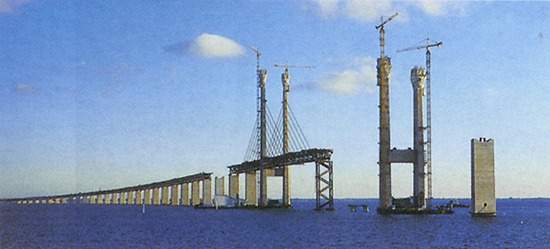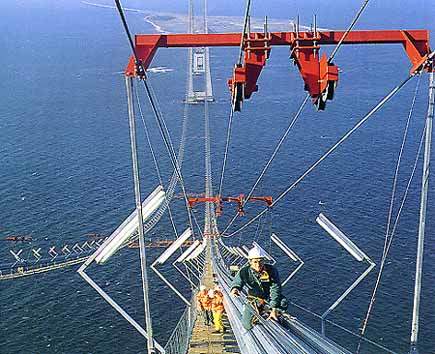The Great Belt Fixed Link rail and road project, which provides the first physical link between Denmark and Sweden, is amongst the largest ever undertaken in Scandinavia. By mid-2003, some 34 million journeys had been recorded, increasing north-south journeys by 77%, and commuter business 15-fold.
By creating a bridge and tunnel linking Zealand and the national capital, Copenhagen, with the major cities of the rest of the country on the Jutland peninsula, the continent has embarked upon a grand plan for physical links and through-rail services between Norway, Sweden, Denmark and Germany. The importance of this project is illustrated in the fact that its completion leaves Ireland as the only European nation not physically connected to the rest of the continent.
The project
When Queen Margrethe II of Denmark opened the rail link in June 1997, it was hailed as a development which would radically change the distribution of goods between the emerging markets bordering the Baltic Sea.
The three crossings being built straddle an 18km-wide waterway, and their drastic effect on the region’s communications is illustrated by the fact that a crossing which formerly had to be undertaken by water, and took one hour, is now achieved in just seven minutes.
On the opening of the road bridge in June 1998, the Scandinavian industry was looking forward to being able, for the first time, to travel non-stop from the southern coast of Spain to the west coast of Norway.
This remarkable achievement had come about at a cost of kr14.75bn, which paid for two crossings, a four-lane motorway, and a double-track railway bridge, running from Lernacken on the Swedish side, to Kastrup in Denmark.
Financing and overseeing of the project’s implementation has been the responsibility of Oresundkonsortiet, which obtained international capital market loans with guarantees from the Swedish and Danish governments.
Building these amazing structures has been the responsibility of Sundlink Contractors, a consortium of four companies: Swedish-based construction company Skanska; Germany’s biggest construction firm Hochtief; Danish firm Hojgaard & Schultz, which has built the West Bridge onto their territory; and Monberg & Thorsen, another Danish company, which has built the important 8km section under the Great Belt.
British involvement has come from John Laing, which is a member of the five-company consortium which worked on the East Tunnel.
Rail line infrastructure
The Great Belt Fixed Link project comprises three separate water crossings, including two bridges and one tunnel.
The West Bridge crosses the Western Channel between Funen and Sprogo. It is built entirely of concrete and has separate decks to carry rail and motorway traffic.
The East Tunnel runs under the Eastern Channel between Zealand and Sprogo. It comprises two single-track bores, each 7.7m in diameter. The tunnels are a total of 8km-long, of which the bored stretch of the tube is 7.4km-long.
The final link, the East Bridge, is a motorway link. Nearly 2.7km of its total length of 6,790m is in the form of a suspension bridge, whose 1,624m central span is the longest in the world.
The massive land reclamation project involved in the construction of the links has increased the size of Sprogo island four-fold.
In a deliberate political move, the rail section of the Great Belt link was completed four years ahead of the road section. However, DSB (Danish State Railways) began running freight trains over the link in April 1997, and first-year volumes were the equivalent of 125,000 wagons. Trains now use a newly-electrified and upgraded line via Fredericia and Padborg to Flensburg and Hamburg in Germany.
The Oresund link, in effect, has created a single conurbation out of the Danish capital, Copenhagen, and Malmo, Sweden’s third largest city. This has prompted the two cities to establish more formal links, allowing them to market their services in a unified way.
Linking the tunnel and western approach bridge is the artificially created island of Peberholm, covering an area of 1.3km², and created out of material dredged from the sea.
Rolling stock
The railway line is electrified at 25kV AC, allowing Swedish Railways (SJ) to use standard types of rolling stock, greatly improving the link’s viability.
However, the incompatibility between this and the DSB system means that trains using the link have to be dual-voltage. Most trains are being worked by SJ-owned fixed formation electric multiple units, designed and built by the Scandinavian arm of international train-builder Adtranz.
Signalling and communications
The fleet of electric multiple units being supplied to operate services on the Oresund link is being fitted with an interoperable automatic train protection system, which is being supplied by ATSS, the Swedish subsidiary of Italian firm Adtranz. The joint contract with Swedish and Danish railways is worth Skr30m (£3m).
It has been specified that the system must be compatible with Swedish Railways’ (SJ’s) existing Ericsson-supplied system, and the system designed and supplied for (DSB) by Siemens.
The line is equipped with automatic train control (ATC), which provides drivers with information on an in-cab video display. Lineside signals are also provided for conventional operation in the event of a failure of the ATC system.
The link is constantly monitored from a central control room next to the toll station at Lernacken, which is the centre for the supervision, control and data acquisition system (SCADA), which monitors and controls technical installations such as lighting, ventilation and drainage.
The system consists of programmable local control units, all linked to a central control system, which oversees traffic detectors, variable message signs, remote-controlled barriers, traffic lights and closed-circuit television monitors.
The future of the network
DSB has increased its market share to 27%, boosted by the opening of the railway link to Copenhagen’s International Airport on 28 September 1998. In 2002, a total of 7.2 million passengers crossed the Great Belt with the InterCity or InterCityLyn service, which the following year lost its punitive supplementary charge for local journeys between Odense and Copenhagen.
With imports between Denmark and Sweden amounting to 10% of each country’s foreign trade, it is hoped that the link will result in the establishment of a major new region within the continent of Europe.

